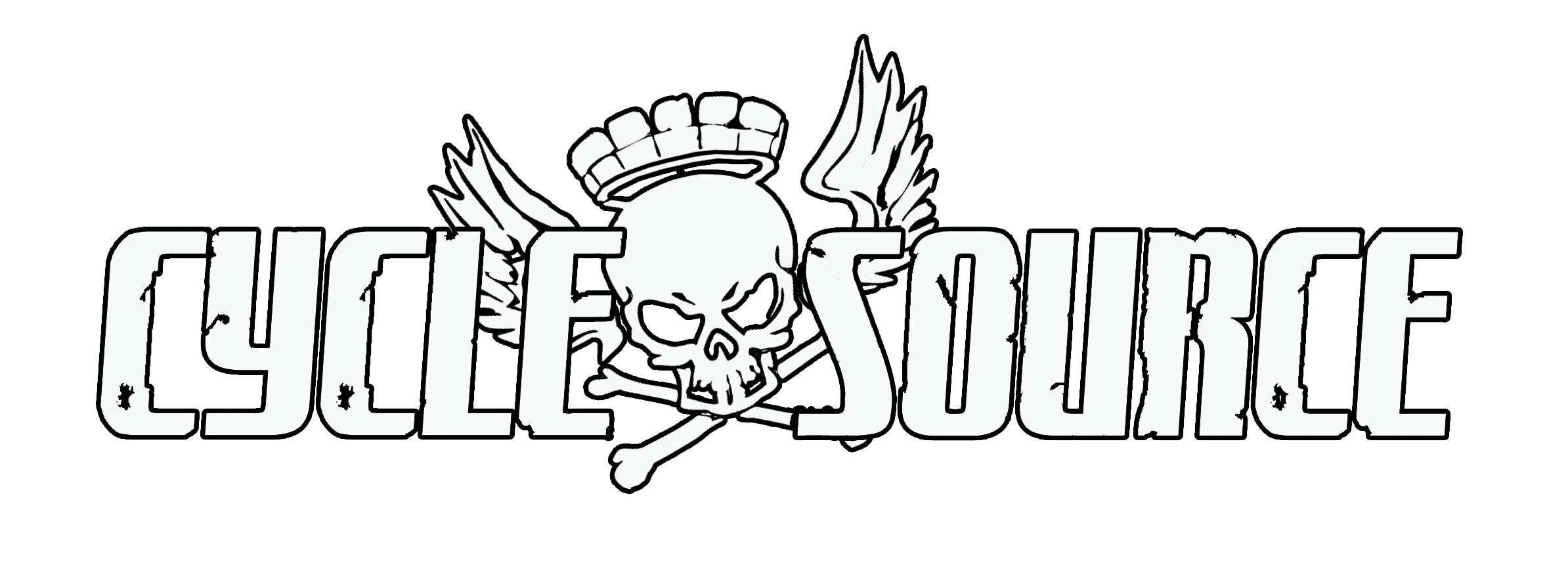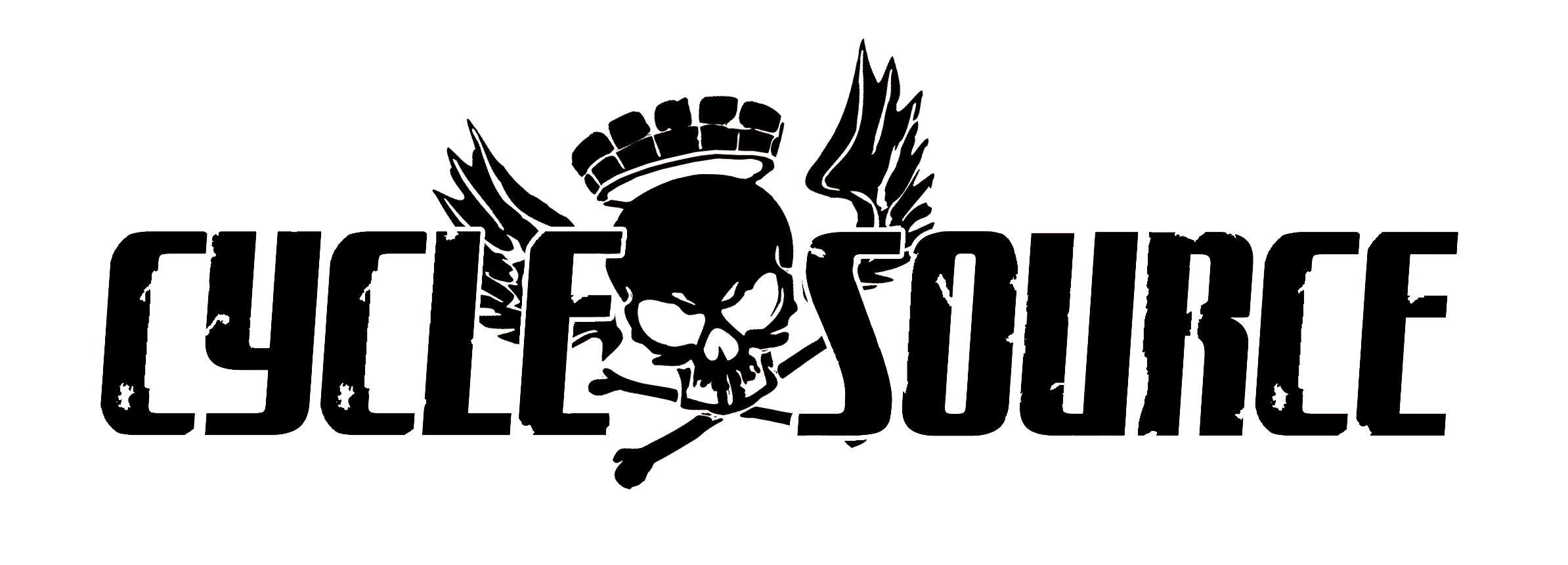Article And Photos By: S&S Cycles
Originally Published In The February 2015 Issue Of Cycle Source Magazine
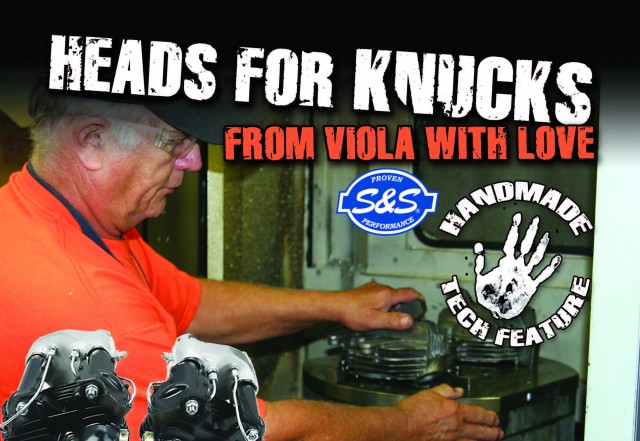
In this article we’re looking at how a product is manufactured, specifically S&S cylinder heads for knuckleheads. But first a little background. Flathead Power was originally a Swedish company that made parts for vintage Harley® engines. The company moved to the U.S. in 2004, but soon fell on hard times. S&S Cycle purchased the Flathead Power name and all existing inventory and tooling in 2007. So Flathead Power became S&S Cycle’s vintage engine parts brand, dedicated to “keeping old iron alive”. In fact all the engines covered by the Flathead Power brand had cast iron cylinders. Knuckles have iron heads as well. At the end of 2013, S&S abandoned the Flathead Power brand since all these vintage parts were covered by the new Viola V-Twin brand. We didn’t go to northern Minnesota to show how iron is mined, but we did travel to Grede Foundry in Berlin, Wisconsin to see the molds for our heads being assembled and poured. Talking about iron, it should be pointed out that these parts are made of alloyed grey iron. Some folks ask why we don’t use ductile iron, since it’s stronger. Grey iron is the material of choice because it conducts and dissipates heat much better then ductile iron. The original parts were made of grey iron, and if strength is a concern, the iron that FHP parts are made of is much stronger than what they poured in 1936.

Cylinder heads are complicated objects, and the only way to create a mold for them is to use cores. Cores are inserts that fit into the main mold to form the fins and other intricate shapes that make up the head. The mold and the cores are made of sand mixed with a bonding agent to make it stick together and hold its shape. The bond consists of a resin and catalyst that sets up after mixing, much like the epoxy that everyone is familiar with. When the sand is freshly mixed, it flows freely so when it’s dumped into a pattern or core box, it assumes the shape of the pattern. In a few minutes the sand mixture hardens and is removed from the pattern. The resulting sand mold has a cavity in it shaped just like the intended part, only in reverse. After the mold is assembled, molten iron is poured into the cavity. When the iron solidifies, the sand is shaken off and we have an iron casting, ready to be machined. Once in our plant in Viola, Wisconsin, castings go to the cylinder head cell for CNC machining. In the first machining operation the castings are placed on a machining fixture in pairs, one front, one rear. The fixture locates the castings using three cast-in reference features called datums. These datums ensure that all the castings are located in the same position on the fixture and are therefore machined consistently. In the first operation the ears and the knuckle mounting surfaces are machined, as well as the valve spring pocket floors and spark plug holes. Customers have the option of using stock 18mm sparkplugs or more modern 14mm plugs.
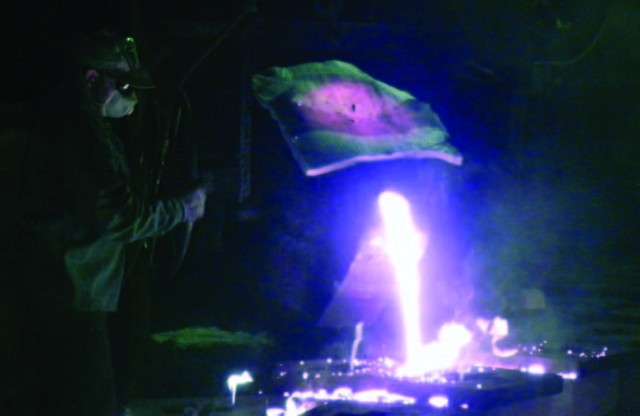
The partially machined castings are then moved to another CNC machine with 5-axis capability. All subsequent machining is referenced from the machined ears and the knuckle mounting surface. The head gasket surface, head bolt holes, valve guide holes, valve seat pockets, intake and exhaust ports, and the entire combustion chamber are machined in this second operation. The chamber machining in these heads is nearly identical to stock although the intake valve is slightly larger. Just like stock they do feature the fire ring counter bore to accept the fire ring on 61” cylinders. This allows them to be used on 61” as well as 74” engines and larger motors like the KN93. After the second machining operation the heads go to our LaCrosse plant for powder coating. As with any finishing operation, surface preparation is critical. The parts are washed in a special operation that removes any machining oil or coolant. They are then masked to keep the powder off of select machined surfaces and placed on a slow moving hooked conveyer chain. The conveyor takes them through the spray booth to be electrostatically coated with powder, and finally through the oven where they are baked at a temperature high enough to fuse the powder to a tough and unbroken surface. The powder is a high temperature flat black material designed especially for hot engine components. After powder coating, the heads go back to Viola for final assembly.
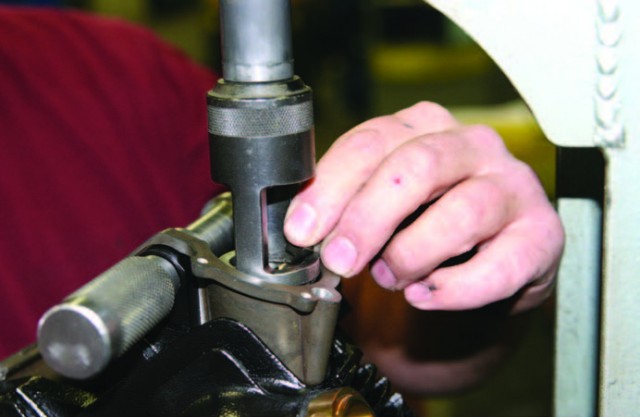
S&S heads for knuckles are offered in several stages of assembly, depending on whether the customer wants to use stock valve spring tins or S&S’ updated versions. As a result, what happens in final assembly can vary. In all cases, intake nipples of either the plumber or o-ring style are installed, and valve seats are pressed in. For customers who are going to use S&S valve spring tins, the valve guides are installed and the valve seats are cut and lapped. If a customer wants to use stock tins, valve guides are not installed because they will need to be pressed in with the customer’s stock tins in place. In this case the valve seats will be cut, but not lapped. There is also an option for a fully assembled, ready to run set of heads, which would include valve springs, rocker arms, rocker shafts, S&S tins, and the knuckle housings. When final assembly is complete, the heads will either be packaged for sale, or go to the engine assembly department to be used in one of our KN-Series engines. Using new iron to keep old iron alive. S&S’s parts for vintage American motorcycles made here in the USA. It don’t get any better than this!
